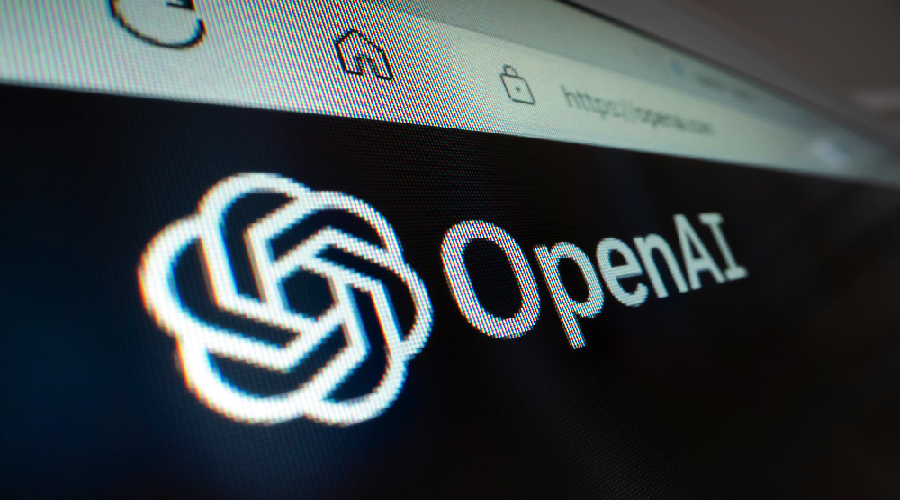OpenAI, known for its popular ChatGPT chatbot, has recently rolled out a detailed plan aimed at preventing potential dangers linked to its sophisticated artificial intelligence (AI) technologies.
As AI technology gets smarter, especially as it moves towards Artificial General Intelligence (AGI), which is like human-level intelligence, there’s a growing need to make sure it’s safe and doesn’t cause unexpected harm.
This is why this week, the organization shared a 27-page document called the “Preparedness Framework.” The Preparedness Framework, described as a “living document”, details OpenAI’s plan to keep an eye on, assess, and guard against serious risks that might come from their advanced AI models.
The Risks and the Response
The document covers a range of risks, including the misuse of AI for major cyberattacks and its possible role in developing dangerous weapons like biological, chemical, or nuclear arms.
The Framework outlines six key elements:
- Regular Risk Check-ups: OpenAI’s team keeps a close watch on the risks that come with advanced AI. They do ongoing research and evaluations to spot any new dangers that might pop up.
- Staying Ahead of Threats: The focus is on identifying risks that haven’t yet been thought of, ensuring they’re prepared for anything unexpected.
- Different Types of Risks: The risks are sorted into categories like cybersecurity, chemical and biological threats, and more. Each is monitored to see if the risk level increases, which would then trigger specific actions to reduce those risks.
- Strict Safety Rules and Extra Security: OpenAI has set safety standards for its AI models. Models have to meet these standards to be used or developed further. If a model is risky before they put safety checks in place, it gets extra security to make it safer.
- Teamwork for Safety Decisions: The safety plan involves various teams within OpenAI, bringing different skills and views to the table, especially in urgent situations.
- Continuous Updates and Independent Reviews: The plan is regularly updated with new information and findings. OpenAI also makes sure to get its work checked by outside experts to maintain transparency and accountability.
The Framework is flexible, meaning it can change and adapt as new information and research come in. It features a ‘Scorecard’ that OpenAI will regularly update, reflecting the latest findings in AI safety.
The Scorecard System
OpenAI’s Preparedness Framework includes a ‘scorecard’ system to monitor the safety of its AI models, explained here in clear, straightforward terms:
- Risk Categories: The system evaluates AI models in several areas, including cybersecurity, chemical, biological, radiological, nuclear threats, persuasive power, and autonomy.
- Safety Levels: Each model is assessed and given a safety rating. There are four levels of safety risk, indicating how safe a model is after safety checks (post-mitigation) have been applied.
- Using the Models: Based on their scores, only models that are rated ‘medium’ risk or lower after safety checks can be used publicly. Models that get a ‘high’ risk rating or lower can still be worked on and improved.
- Tailored Security Measures: Models that show high or critical risk before safety measures (pre-mitigation) are subjected to extra security measures. This ensures that even the riskier models are made safer before they are further developed or used.
This scorecard system is a key part of OpenAI’s effort to ensure that their AI models are safe and responsibly managed throughout their development and use.
Leadership Stability and Its Impact on AI Safety Initiatives
In the backdrop of unveiling its new AI safety plan, OpenAI has also navigated a significant leadership crisis. Sam Altman, the co-founder, was unexpectedly fired, leading to a massive response from the company’s employees. Nearly all staff threatened to quit unless Altman was reinstated.
Fortunately, the crisis was resolved swiftly. Just twelve days after Altman’s dismissal, he was reappointed as CEO. OpenAI also announced a revamped board of directors, with Microsoft joining as a non-voting observer. This move came after OpenAI’s stakeholders and board agreed to bring back Altman to stabilize the company.
Despite the turmoil, OpenAI has emerged unscathed, maintaining its staff and leadership. The company’s focus now is to build trust, enhance transparency, and prevent future internal disputes.
The recent challenges within OpenAI and how they were resolved are really important to the company’s focus on AI safety. Having steady and forward-thinking leaders is key to making sure rules about AI safety, like the “Preparedness Framework,” are enforced. Leaders need to make decisive and responsible decisions, especially when it comes to advanced AI like AGI.
